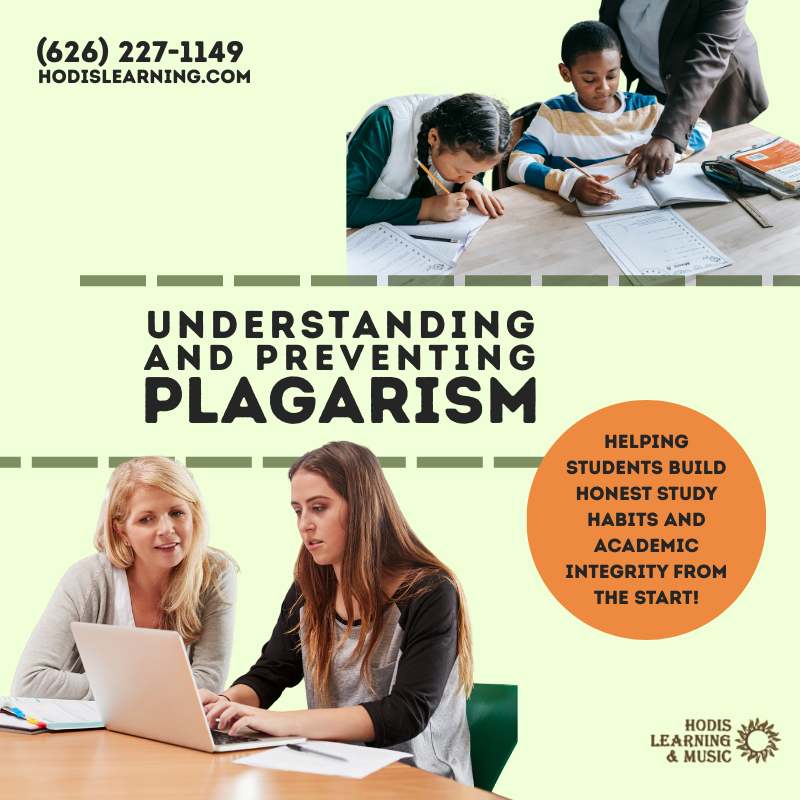Understanding and Preventing Plagiarism
We firmly believe that academic integrity is just as important as academic achievement. In a world full of information at our fingertips, it’s never been easier (or more tempting) for students to copy and paste ideas without thinking. But doing so can lead to plagiarism, a serious academic offense with lasting consequences.
Whether intentional or accidental, plagiarism can undermine a student’s learning, erode trust, and result in disciplinary action. In this article, we’ll help you understand what plagiarism is, how to avoid it, and how to build honest, confident study habits from the start.
What Is Plagiarism?
Plagiarism is when a person presents someone else’s words, ideas, or work as their own, without proper credit. This can include:
- Copying text word-for-word without citing the source
- Paraphrasing someone else’s ideas without attribution
- Using media (images, music, code, etc.) without permission or credit
- Submitting work written by someone else (including AI or peers)
Sometimes, students don’t even realize they’re plagiarizing, especially when paraphrasing or researching online. That’s why education and clear guidelines are key.
Why Academic Integrity Matters
- It builds trust between students, teachers, and families
- It promotes independent thinking and critical analysis
- It helps students grow
- It prepares students for higher education, where strict academic honesty policies are enforced
Learning how to properly credit sources shows respect for others’ ideas.
How to Avoid Plagiarism
Here are simple steps students can take to stay on the right track:
1. Keep track of your sources
As you research, write down where your information comes from, including books, websites, articles, videos, etc.
2. Use your own words
Don’t just copy and paste. Try to read the information, then close the source and explain it in your own words.
3. Use quotation marks for direct quotes
If you use someone’s exact words, always put them in quotation marks and include a citation.
4. Cite your sources correctly
Use the citation style required by your teacher (e.g., APA, MLA, Chicago). When in doubt, cite it!
5. Ask for help
If you’re unsure whether something counts as plagiarism, it’s always okay to ask a teacher or tutor.
Helpful Tools to Check for Plagiarism
Technology can be a great ally in building academic honesty. Here are a few tools students can use to check their work:
- Grammarly: Offers a plagiarism checker alongside grammar suggestions
- Turnitin: Used by many schools to detect similarity in student work
- EasyBib: Helps generate proper citations and bibliographies
Using these tools shouldn’t replace learning, but they’re great for double-checking work and building good habits.
A Reminder for Parents
Encouraging academic integrity starts at home. Parents can:
- Talk openly with children about honesty and responsibility
- Help younger students research and cite sources
- Praise originality, not just “perfect” grades
- Encourage time management to reduce the temptation to cut corners
Need help with essay writing, research skills, or citations?
Our expert tutors are here to guide your child every step of the way. Call us at (626) 227-1149 or email today to learn more or book a session!



